- Learning time
- 10 minutes
- First play time
- 30 minutes
Splendor
Designed by: Marc André
Splendor is a game of collecting gem cards – the more exotic gems also provide points but are costly to obtain. Once a player has 15 points, the round is finished and the player with the most points wins.
The game consists of 3 decks of gem cards, labelled A, B and C; a stack of poker-style chips in each of the five gem colours (plus gold (wild) ones); and a number of ‘nobles’ tiles, which award bonus points.
Cards are laid out in the centre of the table in three rows of five, one row from each deck. ‘A’ cards are easy to buy, but rarely provide points. ‘B’ cards cost more but usually provide a few points, and ‘C’ cards are hugely costly, but offer big points. The cost for each card is a combination of gems, e.g. 3 blue, 2 red and a black.
In essence, players will collect the poker chips and exchange them for gem cards on a later turn. On a players turn they may take up to three poker chips or buy a card. Once a card is bought from a row it’s placed in front of the player and replaced with a new one from the relevant deck, so there are always fifteen to choose from, and players gradually build up a personal tableau of cards, each featuring a gem in one of the five colours.
Gem cards, gem poker chips used for buying more gem cards… this probably sounds confusing, but more so to explain than to play. The cards in your tableau act as permanent gems for future purchases – so for instance if you have three black gem cards and two red in front of you, you can take a card from the display that costs as much without paying any chips at all. This is in fact the only way to afford those pricy ‘C’ row cards, which have all the big points on. So there’s an interesting arc to the game – at the beginning players are taking poker chips, but once they start to accrue cards they need fewer chips to take new cards, which let them take even better cards, which score the big points, which win the game.
The noble tiles offer bonus points for the first player to accrue, say, 3 red, 3 green and 3 blue gem cards. There are three available in each game, and the points boost they offer can swing the win, so they’re worth keeping an eye on.
Splendor is a neat and fairly short game with great, tactile components and more-ish gameplay.
Joe says
Splendor is a race game - players racing to be the first to fifteen points. But in doing so you're building a sort of 'engine' that allows you to get points more quickly, and that's where a lot of the appeal lies. Some find it a bit dry and deterministic, but it's a big hit with my 16 year old daughter and her friends, and she always beats me.
The guru's verdict
-
Take That!
Take That!
To play competitively, you need to keep an eye on what the others can purchase - you can reserve a card for later purchase, which is a neat way of stopping another player taking it.
-
Fidget Factor!
Fidget Factor!
Players do just one thing on their turn, so there's very little downtime.
-
Brain Burn!
Brain Burn!
No big maths or complex calculation here, and nothing to memorise.
-
Again Again!
Again Again!
The cards come out randomly each game, but the gameplay each time is fairly similar. If it hooks you in you'll want to play a lot, and can easily fit in a few games in an evening.

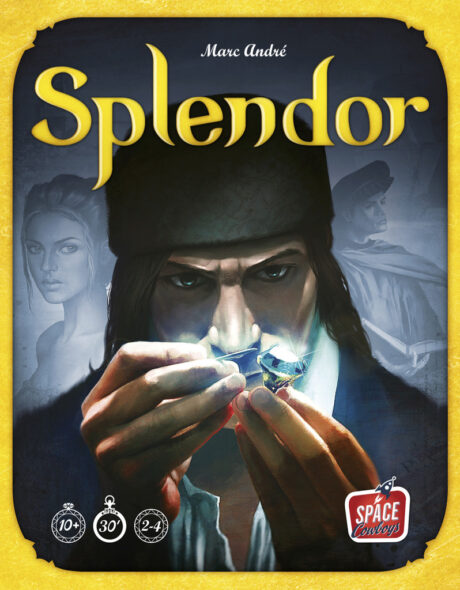
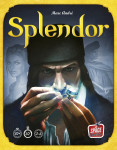
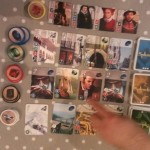
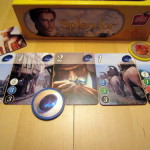

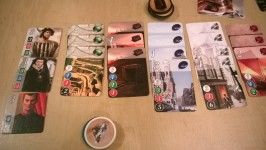
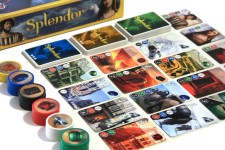


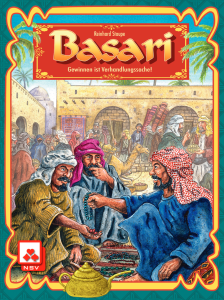
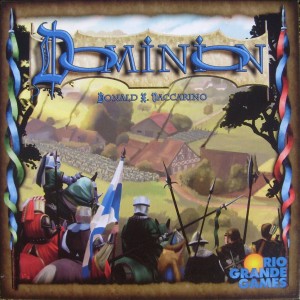
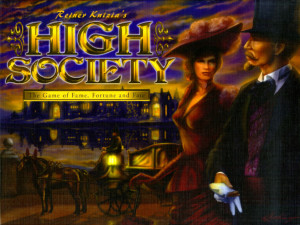
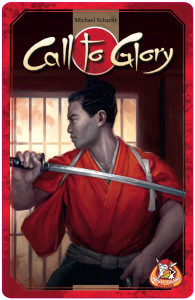
Sam says
I've only played Splendor once but I found it reasonably fun. It is pretty mechanical though, and as Joe says (below) it's rather dry as a result, but if it scratches an itch you probably will find it very replayable.